Each plastic part requires a specific manufacturing process which can be significantly different from one product to another. Injection molding is used to manufacture solid components while blow molding is used to make plastic products with hollow areas, such as bottles and containers
Injection stretch blow molding combines the injection molding and blow molding processes.The plastic is first molded into a solid preform, to create a threaded bottle neck. Once the preform cools it is fed into a stretch blow mold machine. The preform is then reheated using an infrared heater and blown into a plastic bottle with forced compressed air.

The Injection Molding Process
Injection molding is used to manufacture higher volume quantities of plastic products ranging in size from large components to small components requiring micro-precision accuracy.
There are many types of manufacturing methods categorized under injection molding, such as thermoplastic injection molding, over molding, insert molding, cold runner molding and hot runner molding.
Thermoplastic Injection Molding
Thermoplastic injection molding uses thermoplastic polymer, meaning it changes to a liquid state when heated. Unlike thermoset plastics that cool into permanent solid, thermoplastics can be remitted into a liquid after cooling into a solid.
Overmolding
Overmolding, or two shot molding, is a process that covers an injection mold over another substance, such as metal, to improve the performance or durability of a product. A rubber-like compound, called thermoplastic elastomer (TPE), is a commonly used overmold material. An example of a TPE overmold application is the handle grips on a toothbrush. Overmolds can also be used to seal products with parts made from several injection molds.
Insert Molding
Like overmolding, insert molding is an injection moldingprocess that combines two or more components into a single finished product. Insert injection molding inserts a component into the injection mold cavity and plastic material is filled around the insert. Inserts can add strength to a product and eliminate the need for additional parts to reduce the product weight.
Cold Runner Injection Molding
Cold runner molds use a sprue to fill the runners that inject plastic resin into the mold cavity. In 2 plate molds, the runner system and parts are attached, and an ejection system may be used to separate the pair from the mold.The cold runner can reduce waste by recycling and regrinding the material, but this can also increase the total cycle time. Cold runner systems can be used for a wide variety of polymers and can allow for easy color changes.
Hot Runner Molds
Hot runner molds use a manifold to heat melted plastic resin and then send the material through a gate to fill the mold cavity. The two main types of hot runner molds are externally heated and internally heated. The externally heated molds can be used with polymer that is less sensitive to thermal variations while internally heated hot runner molds allow for better control of material flow.
Because hot runner molding does not require the use of runners, potential waste material is reduced and the recycling and regrind and process of virgin plastic does not impact the total run cycle time.
The Blow Molding Process
During the blow molding process, the raw plastic material is shaped into a hollow tube with one open end called a parison. The parison is pressed into a cooled metal mold and compressed air is forced into the parison. When the formed plastic cools and hardens, the metal mold opens and expels the product.










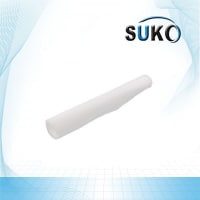

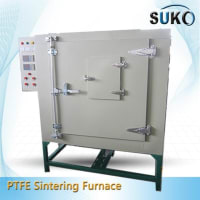
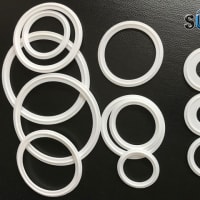
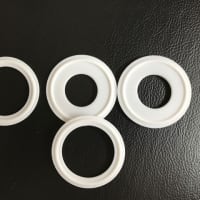
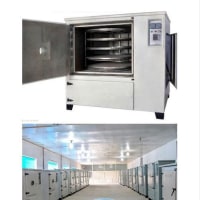
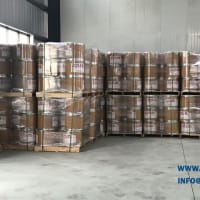
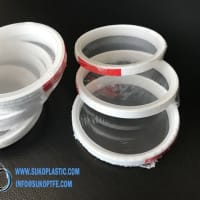
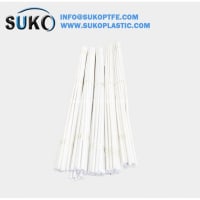
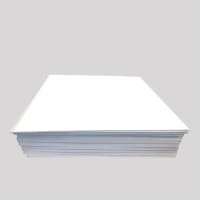
※コメント投稿者のブログIDはブログ作成者のみに通知されます